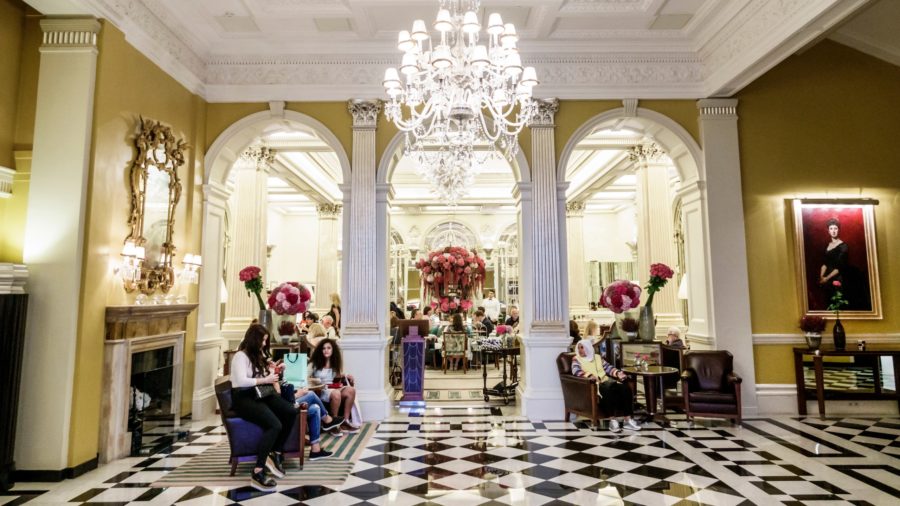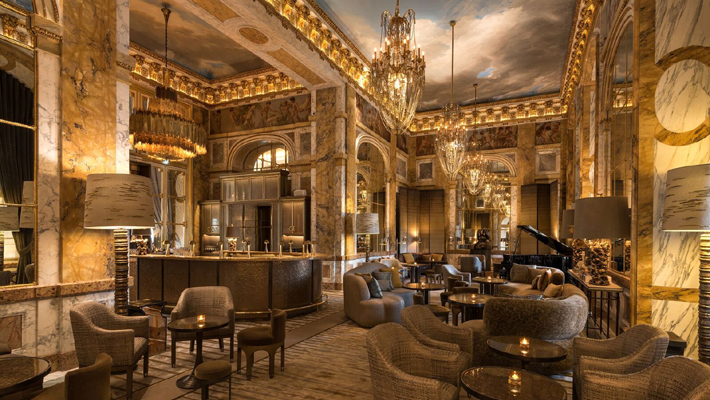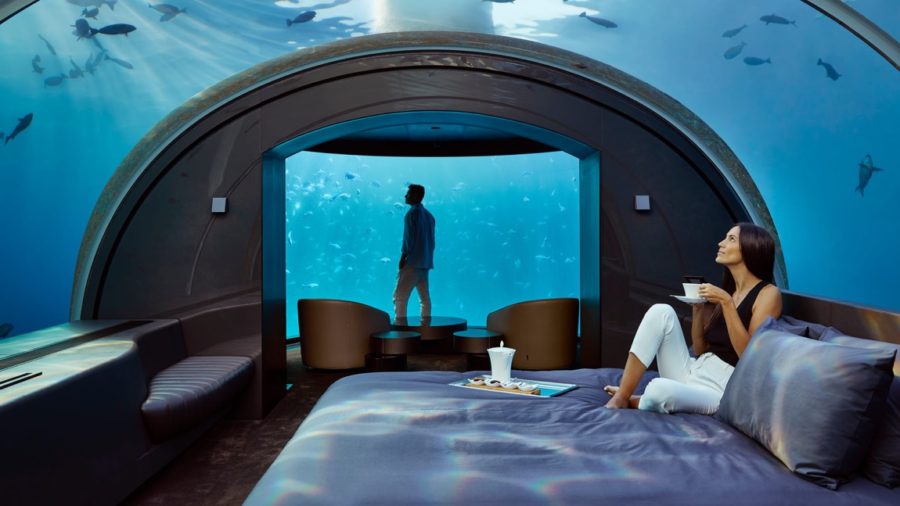Hotel Lobby-
With more hotels being forced to make hotel check-in contactless, the hotel lobby is due for some big changes.

The following written content by Nadja Sayej
One of the most beautiful parts of watching Wes Anderson’s film The Grand Budapest Hotel is looking at the grand, palatial hotel lobby design, which is centered on the check-in desk. But with more and more hotels being forced to make hotel check-in contactless through QR codes, key cards, and iPads, the hotel lobby is poised for some big changes.

For one, Marriott International recently announced its contactless technology, which will seamlessly allow guests contactless services from check-in to concierge and dining (breakfast is now from a vending machine). Cloud-based apps are streamlining customer care through apps for independent hotels too. It begs the question from a design aspect: How will hotel lobby design change? “Outside of the luxury segment, gone are the days of grandiose, sprawling lobbies,” says Branigan Mulcahy, cofounder of Virdee, a virtual reception technology company. “The large front desk will become a pod. Check-in stations will be positioned throughout the lobby. Staff members will be walking throughout the lobby ready to assist guests.”
The pandemic brought the rise of self-service culture and QR code scanning, but could the hotel lobby still function as a smaller greeting place? It can’t disappear. “The lobby is still an important place to make a good first impression,” says Mulcahy. “What we see changing is the role of the traditional, large-scale front desk. Smartphone-based check-in with mobile keys and modern versions of check-in kiosks will enable a different approach.”
Rather than an employee seated at the check-in desk, expect corporate hotels to enlist “ambassadors” who rove around the lobby assisting with virtual check-in. Meanwhile, hospitality design will change to include less lobby seating, more vending machines, and modular furniture that’s easily sanitized. Read more from A.D.





